Food markets serve as windows into a culture’s culinary soul, where local ingredients and centuries-old traditions combine to create authentic gastronomic experiences. While many travelers seek out familiar flavors, the adventurous eater knows that some of the world’s most memorable meals come from places that challenge conventional Western palates.
Here is a list of 20 of the strangest food markets around the globe, where you can find dishes that might make you reconsider what you thought was edible.
Jagalchi Fish Market, South Korea
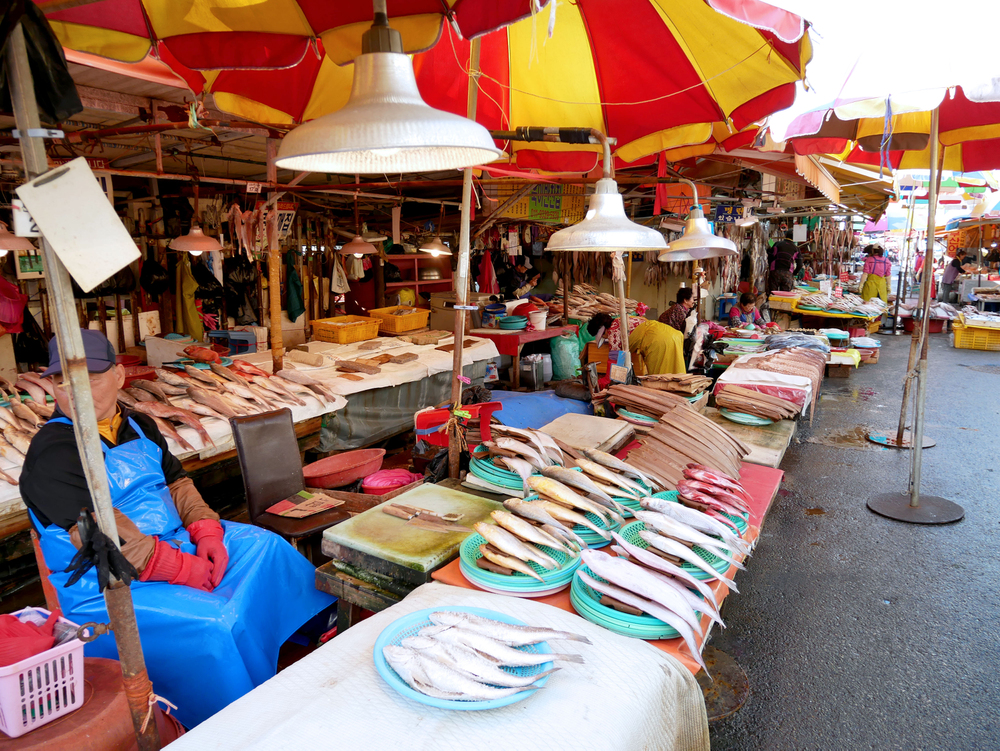
This sprawling seafood market in Busan offers live octopus served so fresh that the tentacles still squirm on your plate. The local delicacy, known as ‘sannakji,’ requires special eating techniques to prevent the suction cups from sticking to your throat.
Visitors also marvel at the tanks filled with bizarre deep-sea creatures that most Westerners wouldn’t recognize as edible.
Wangfujing Street, China

Beijing’s famous snack street transforms at night into a parade of skewered scorpions, starfish, and silkworm cocoons. The vendors here pride themselves on presentation, often arranging their insect offerings in intricate patterns that make them almost too artistic to eat.
The fried scorpions snap like potato chips but deliver a nutty flavor that surprises first-timers.
Like Travel Pug’s content? Follow us on MSN.
Mercado de San Juan, Mexico
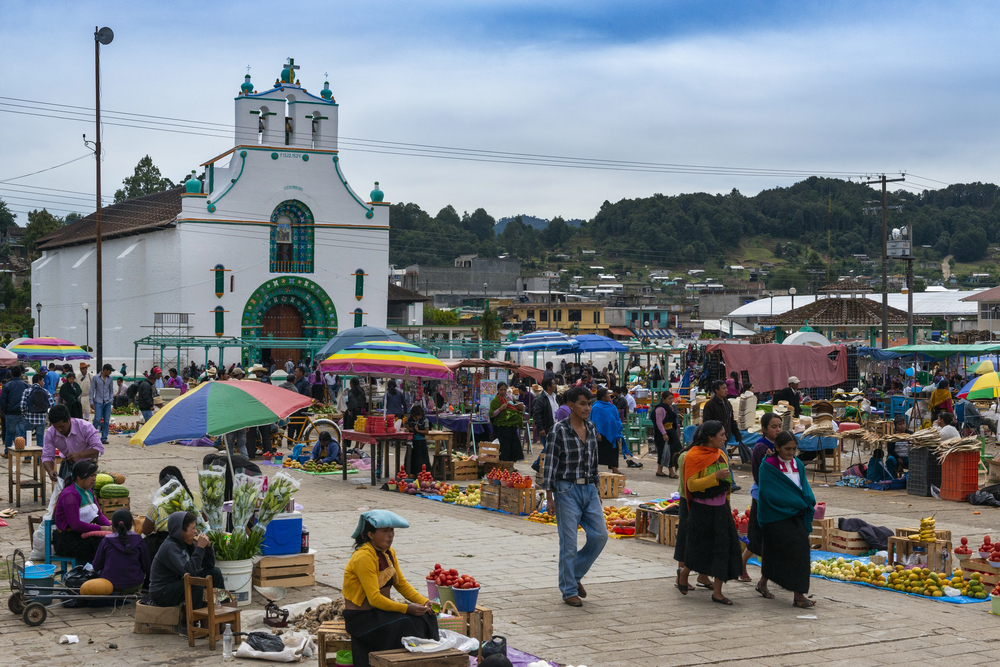
Mexico City’s gourmet market breaks taboos with its selection of lion, crocodile, and tiger meat sold alongside more conventional fare. The market gained international attention for its exotic meat section, where professionally butchered jungle creatures are displayed next to cooking instructions.
Adventurous eaters can sample tacos filled with grasshoppers seasoned with lime and chili.
Raohe Night Market, Taiwan
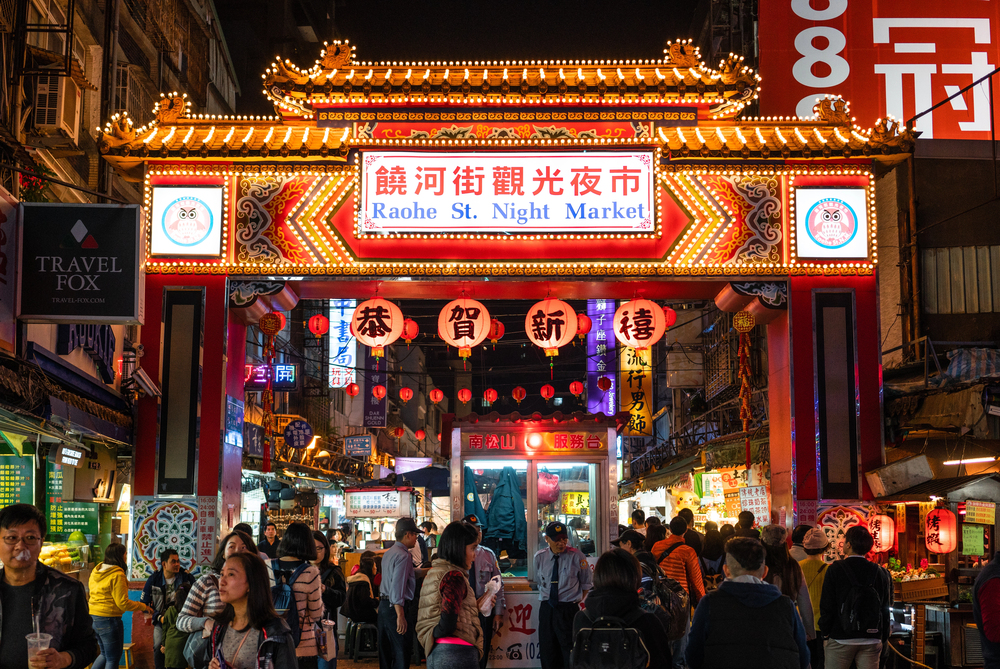
Taipei’s oldest night market specializes in ‘stinky tofu,’ so pungent that you’ll smell it from blocks away. The fermented bean curd develops an aroma comparable to rotting garbage, yet locals insist this whiff of decay signals perfect flavor development.
First-timers often hold their noses for the initial bite before discovering its surprisingly mild and pleasant taste.
Nishiki Market, Japan
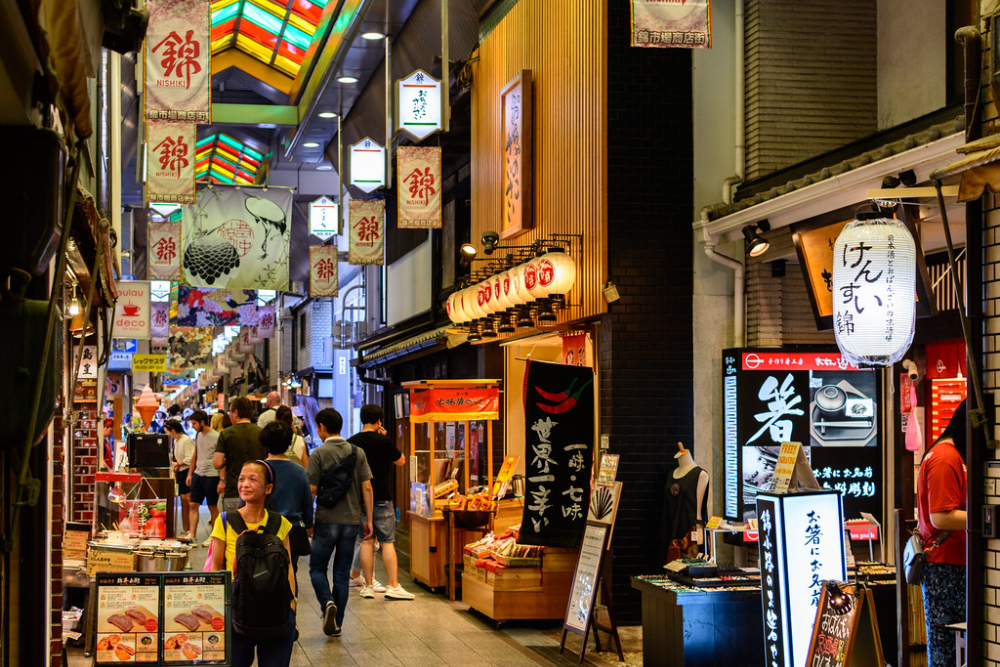
Kyoto’s ‘Kitchen of the Gods’ serves live fish embryos in sweet sake and tiny whole crabs fried in their shells. The century-old market corridors display perfectly arranged puffer fish, which must be prepared by licensed chefs to remove deadly toxins.
Shoppers can also find candied locusts and wasps nestled alongside elegant wagashi sweets.
Like Travel Pug’s content? Follow us on MSN.
Mercado dos Lavradores, Portugal
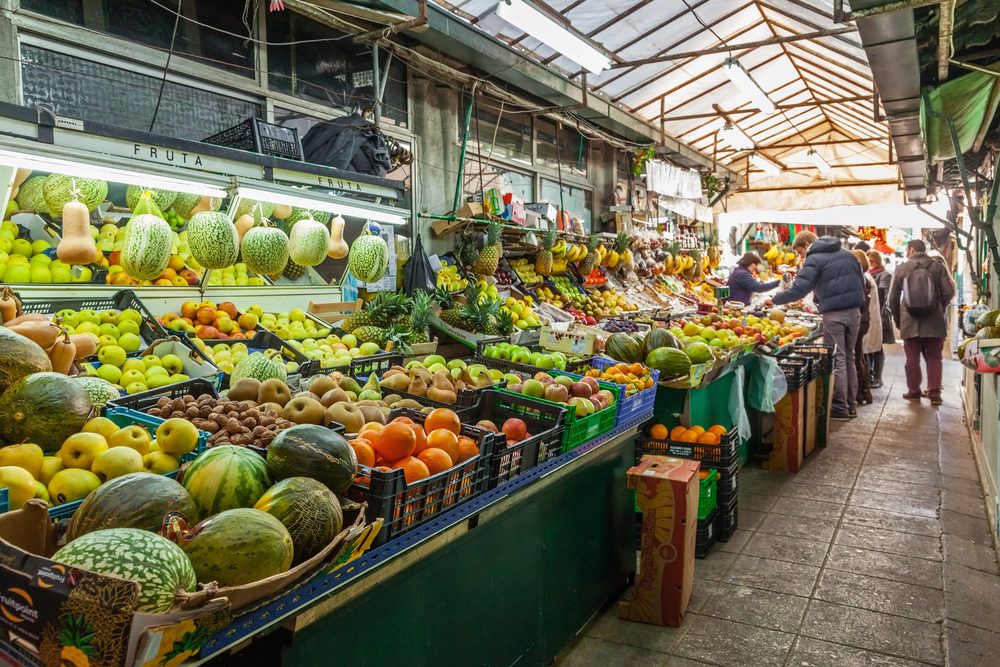
Madeira’s market offers the alarming Espada fish, a deep-sea nightmare with massive fangs and bulging eyes that look straight out of a horror film. The grotesque appearance gives way to the mildest, most delicate white flesh when cooked.
Market vendors slice open the fish to demonstrate the contrast between its terrifying exterior and pristine meat.
Witches’ Market, Bolivia
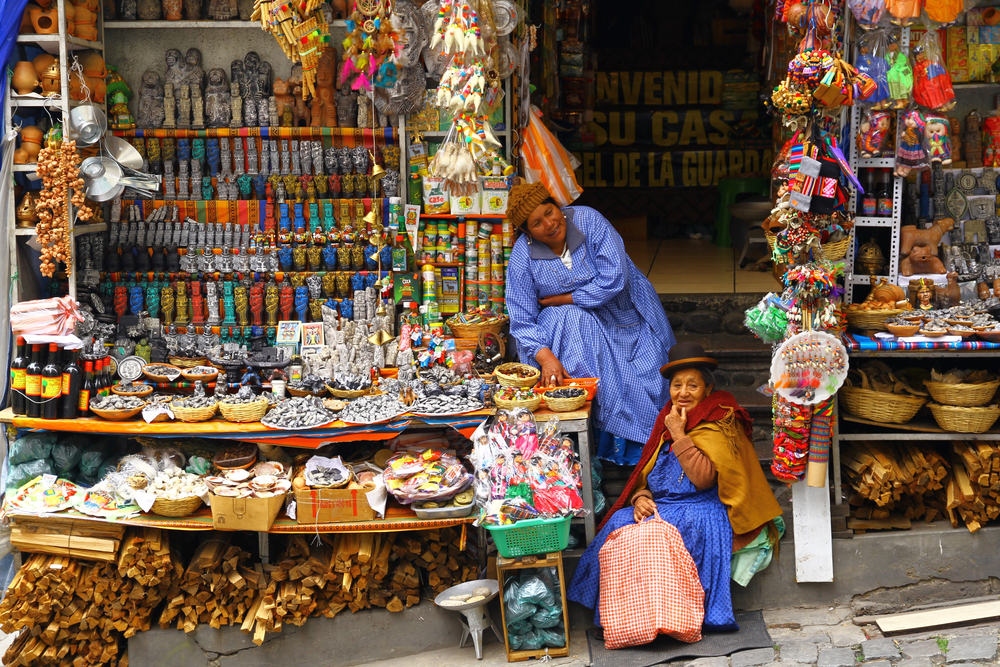
La Paz hosts this unusual market, where dried llama fetuses hang alongside herbs and potions from stalls. The market primarily caters to indigenous spiritual practices and serves unusual Andean foods, including coca leaf candies and fermented llama cheese.
While seeing desiccated animals might disturb some, it represents important cultural traditions.
Chatuchak Weekend Market, Thailand
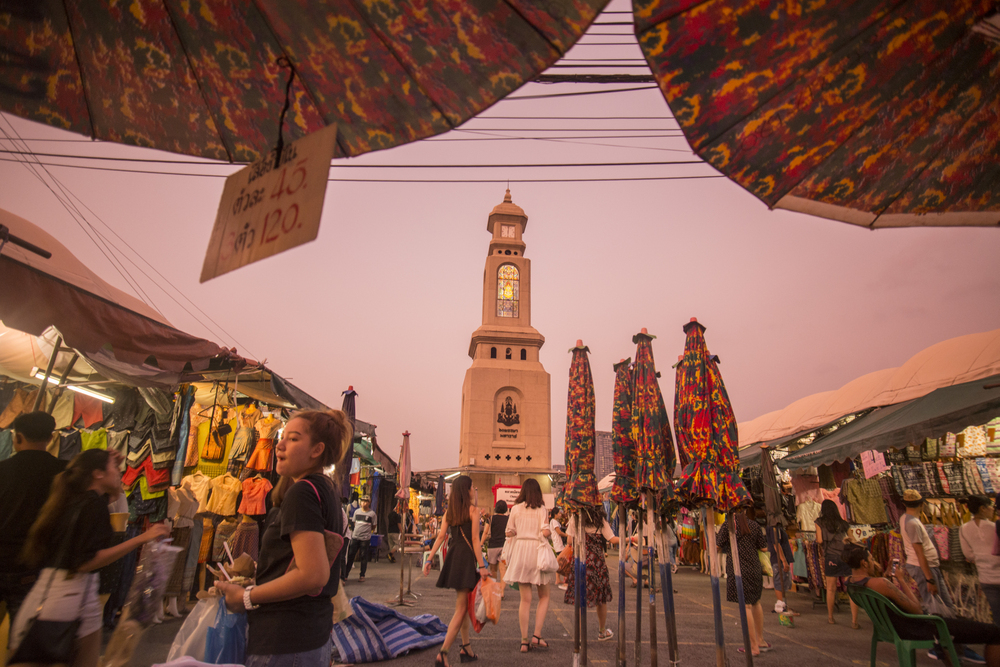
Bangkok’s massive market includes sections dedicated to fried water bugs the size of your thumb and crispy bamboo worms served in paper cones like popcorn. Locals munch these high-protein snacks casually while shopping, often dipping them in sweet chili sauce.
First-timers find that the crunchy exoskeletons give way to a taste similar to crispy bacon.
Like Travel Pug’s content? Follow us on MSN.
Maeklong Railway Market, Thailand
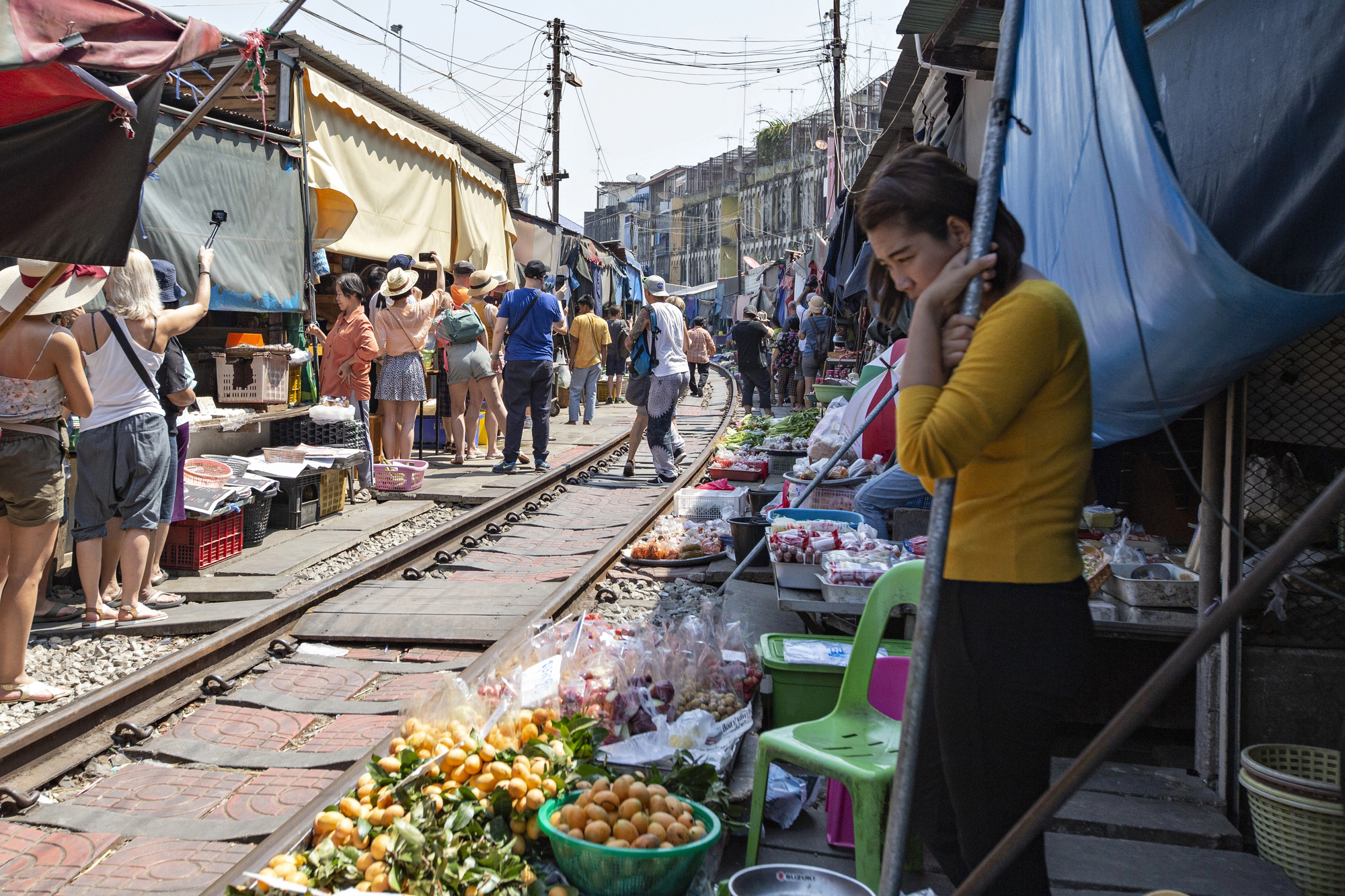
This market built directly on active train tracks specializes in bizarre fruits and vegetables not found elsewhere, including durian, which is so pungent it’s banned from public transportation. Vendors rapidly disassemble and reassemble their stalls multiple times daily as trains pass through, creating a chaotic dance that never disrupts commerce.
Djemaa el Fna, Morocco
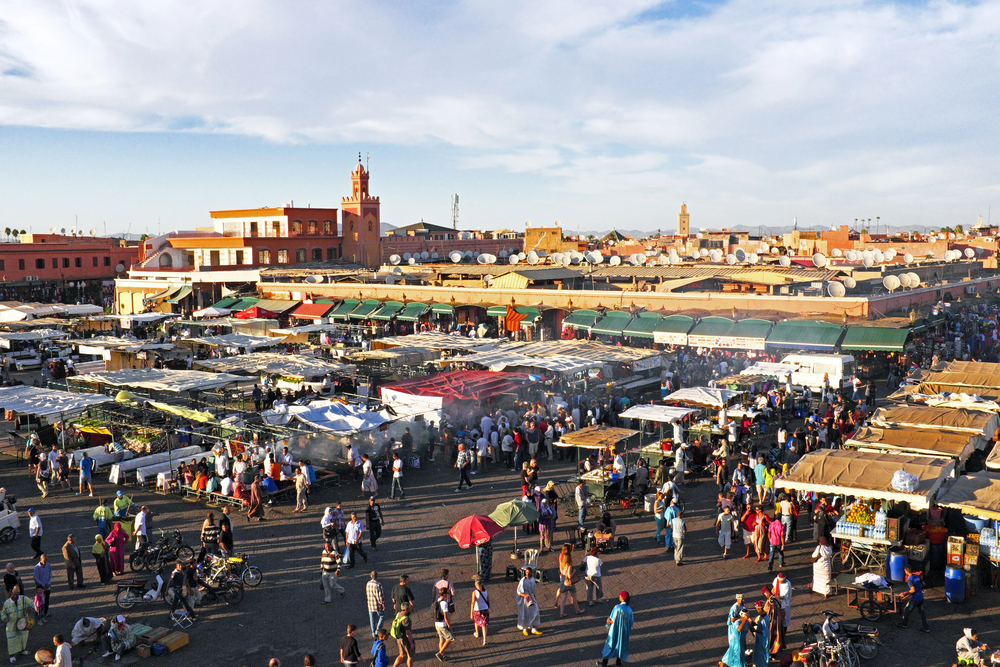
Each evening, Marrakech’s main square transforms into an open-air kitchen serving sheep heads, snails, and steamed lamb brains. The market’s sensory overload includes snake charmers performing alongside food vendors who ladle stewed snails from giant cauldrons.
Customers slurp the mollusks directly from their shells using toothpicks, savoring the garlicky broth.
Camden Market, England

London’s alternative market features bugs covered in chocolate and python burgers served with exotic fruit chutneys. The ‘Exotic Meat Club’ stall attracts daring eaters willing to sample kangaroo steaks and wild boar sausages.
Despite the British reputation for bland food, this corner of London pushes culinary boundaries with adventurous global offerings.
Like Travel Pug’s content? Follow us on MSN.
Kejetia Market, Ghana

West Africa’s largest open-air market in Kumasi offers giant land snails as big as your fist and fermented corn dough crawling with beneficial mold. The market’s maze-like structure houses vendors selling smoked grasscutters (large rodents) and palm wine fermented in plastic containers under the hot sun, developing complex flavors that change throughout the day.
Mercado Central, Peru
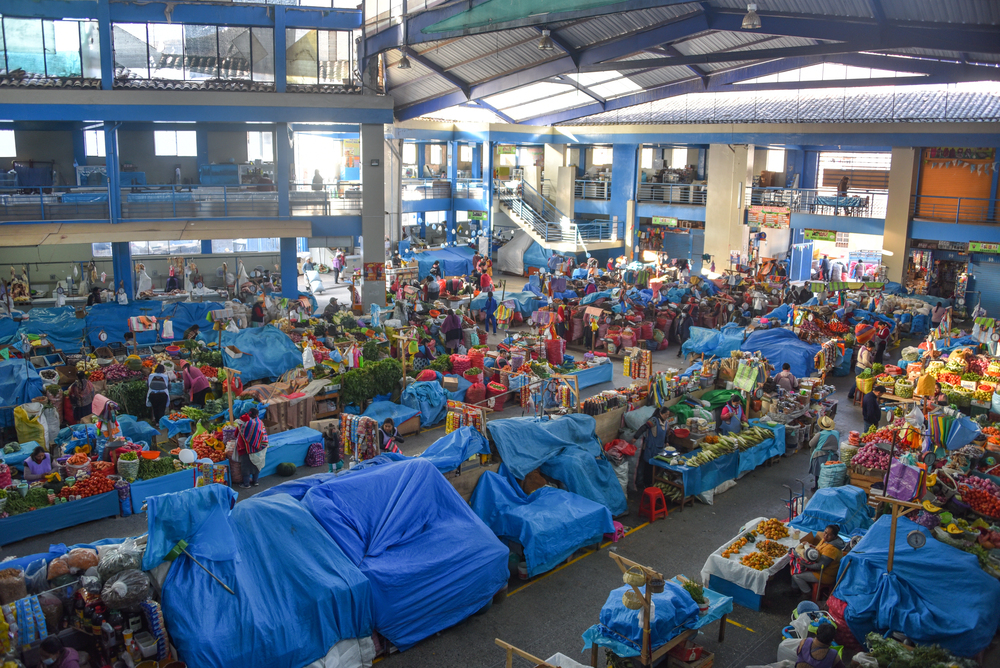
Lima’s central market offers frog shakes purported to boost energy and intelligence and whole roasted guinea pigs with intact tiny facial expressions. The medicinal section blends food and traditional medicine, offering drinks made from maca root, which is claimed to enhance stamina.
Peruvians approach these unusual foods as both sustenance and natural pharmacy.
Night Market, Taiwan

Tainan’s bustling market features ‘century eggs’ – preserved for months until the yolks turn greenish-black and develop a strong ammonia smell. Despite their forbidding appearance, these preserved eggs offer a creamy, complex flavor profile treasured in Chinese cuisine.
Tourists watch in fascination as locals consume the gelatinous dark eggs with apparent delight.
Like Travel Pug’s content? Follow us on MSN.
Khari Baoli, India
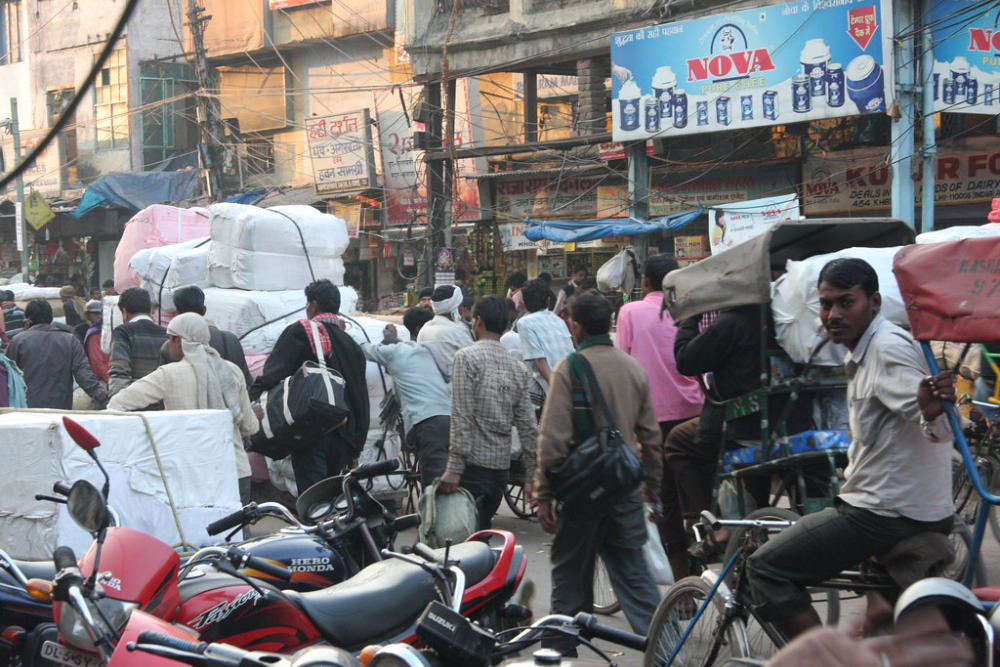
Delhi’s spice market dates back to the 17th century and includes sections dedicated to incredibly pungent asafoetida resin and meat, which are so heavily spiced that they change color completely. The market remains the go-to source for ingredients that form the foundation of Indian cuisine.
Spice mountains create a fragrant haze that can irritate unaccustomed eyes and noses.
Feria de Mataderos, Argentina
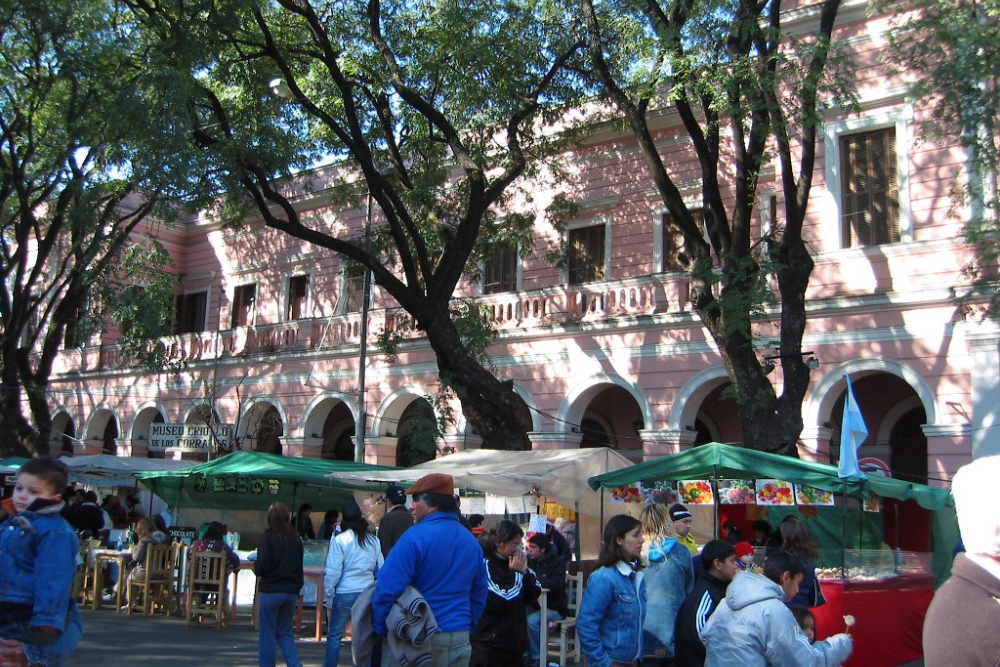
Buenos Aires’ market celebrates gaucho culture with unusual cuts like beef udder and intestine-wrapped organ meats known as ‘cinch lines.’ The market transforms weekly into a cultural celebration where traditional horse riders demonstrate their skills between servings of blood sausage and grilled cow glands.
Every part of the animal finds culinary purpose here.
La Boqueria, Spain
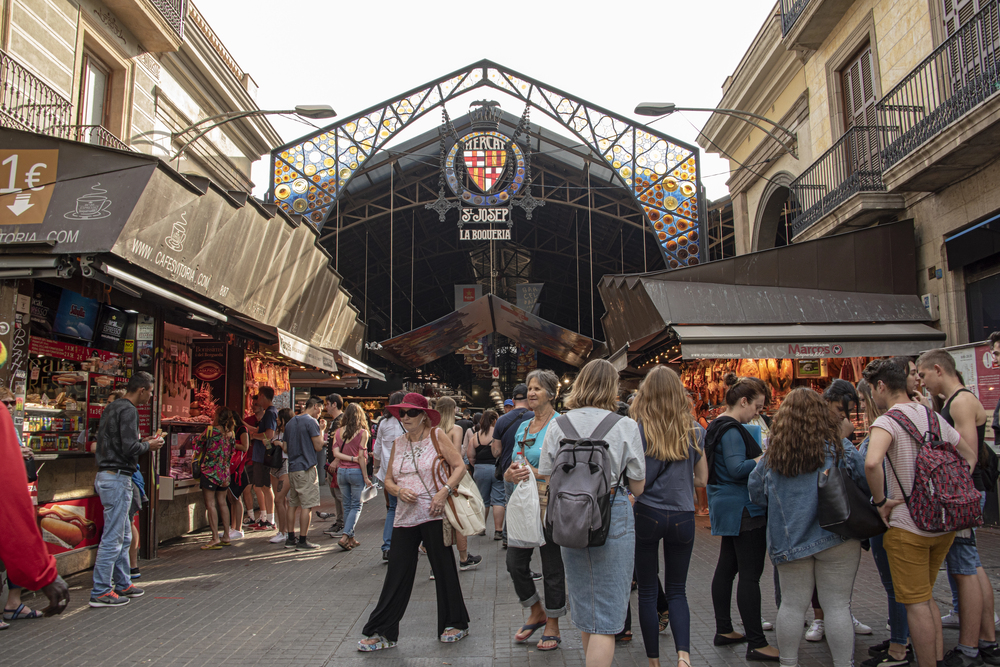
Barcelona’s famous market features percebes (goose barnacles) that look like dinosaur claws and cost more per pound than premium steak. These rare delicacies grow on wave-battered rocks, making harvesting extremely dangerous.
Their prehistoric appearance belies their sweet, briny flavor that tastes like concentrated ocean essence.
Like Travel Pug’s content? Follow us on MSN.
Muang Mai Market, Thailand

Chiang Mai’s bustling market specializes in insect larvae, preserved raw pork, and fermented fish paste pungent enough to clear sinuses. Early morning shoppers navigate narrow aisles filled with buckets of squirming creatures destined for woks and curry pots.
The market exemplifies Northern Thai cuisine’s embrace of bitter, funky flavors that challenge even experienced food enthusiasts.
Darajani Market, Tanzania
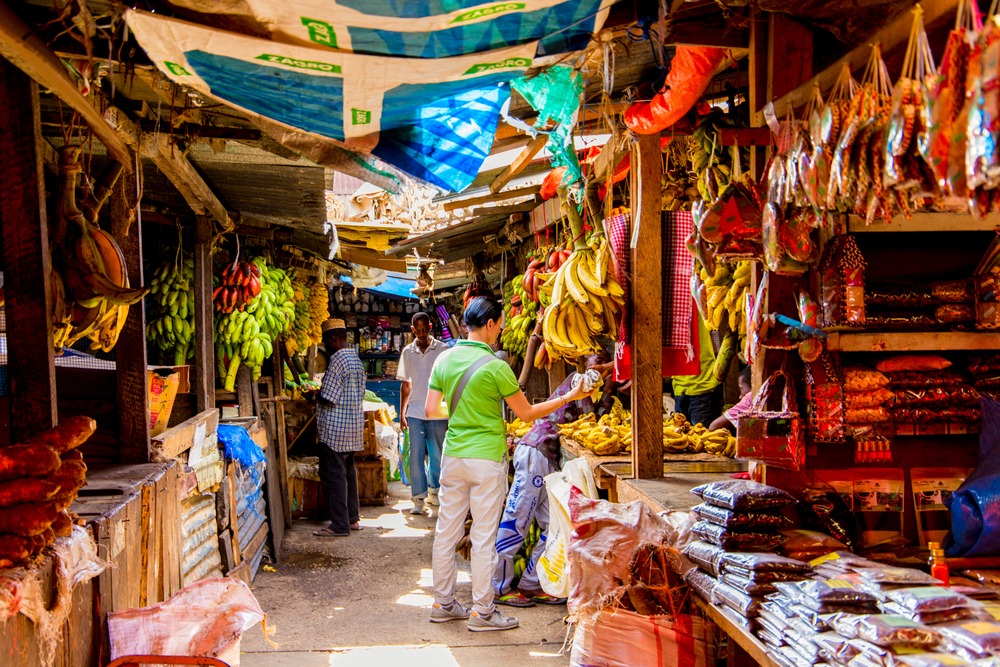
Zanzibar’s central market offers hallucinogenic nutmeg fruits alongside mysterious spice blends, the recipes of which have been guarded for generations. The island’s position on ancient spice routes has created unique fusion dishes combining African, Indian, and Arabic influences.
Market vendors encourage visitors to smell and taste unfamiliar ingredients while explaining their culinary and medicinal applications.
Torvehallerne, Denmark
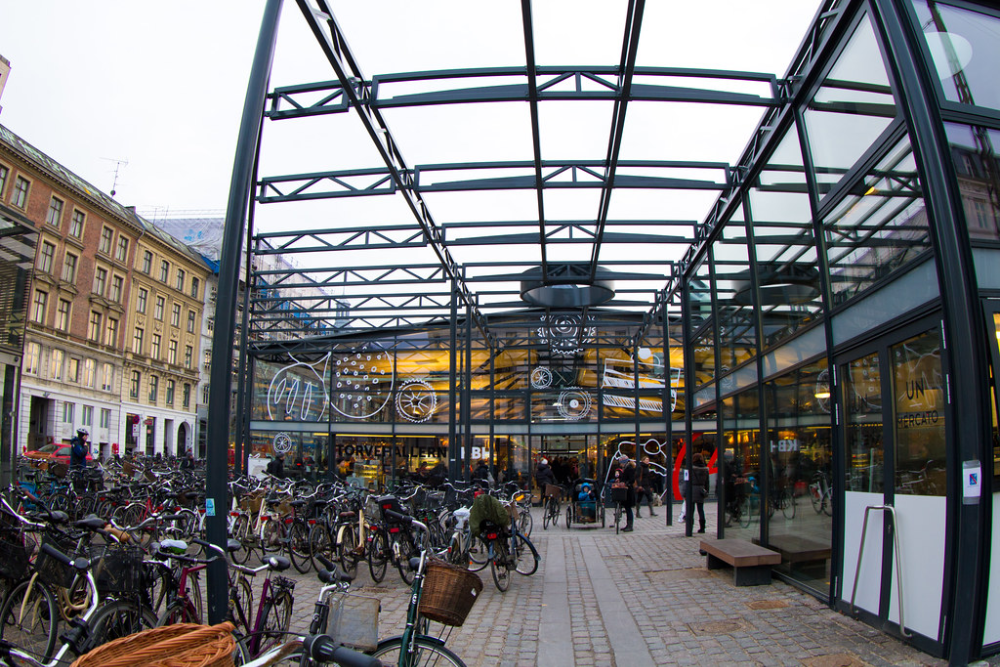
Copenhagen’s upscale food hall serves fermented fish so acidic that it must be eaten outdoors and obscure moss-based spirits that taste like drinking from a forest floor. The market represents New Nordic cuisine’s experimental approach, where ancient preservation techniques meet modern gastronomy.
Chefs forage unusual ingredients from Scandinavian landscapes to create dishes challenging conventional flavor profiles.
Like Travel Pug’s content? Follow us on MSN.
Global Gastronomy’s Frontiers
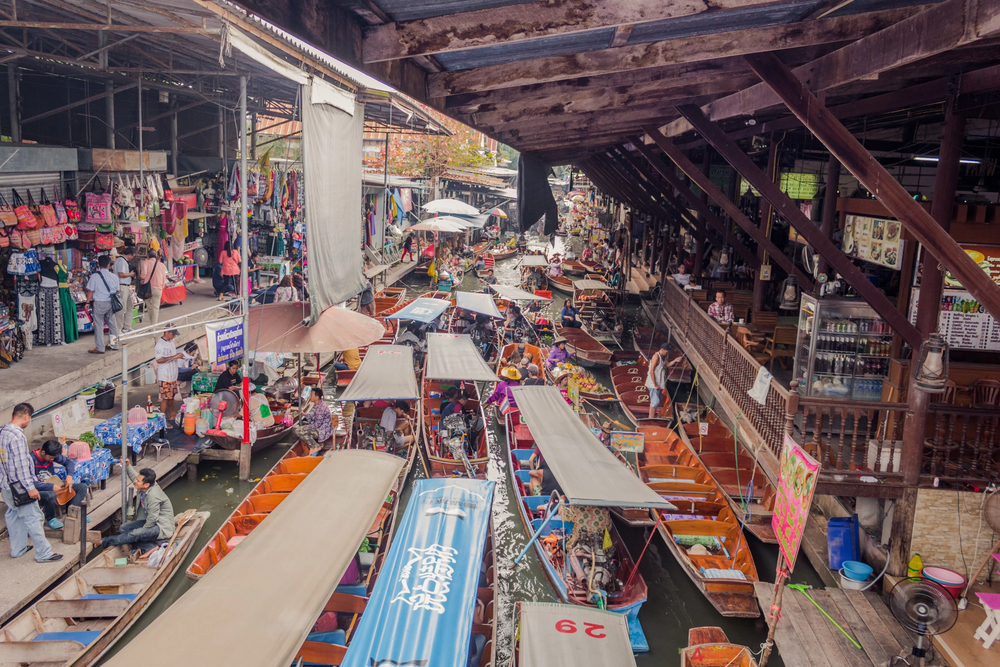
These markets reveal how ‘strange’ remains entirely subjective, dependent on cultural context and personal experience. What seems unthinkable on one continent becomes comfort food on another, reminding us that culinary adventure requires approaching unfamiliar foods respectfully and openly.
The world’s strangest markets don’t just sell food—they preserve cultural heritage, ecological knowledge, and historical connections through the universal language of eating.
More from Travel Pug

- 20 Destinations That Were Once Thriving but Are Now Quietly Disappearing
- 13 Destinations Where Tourists Regularly Regret Their Trip
- 20 Once-Popular Beach Towns That Are Now Ghostly Empty
- 10 Under-the-Radar Mountain Towns That Are Both Affordable and Beautiful
- Take a ‘Learning Vacation’ in These 20 Extraordinary Places
Like Travel Pug’s content? Follow us on MSN.
